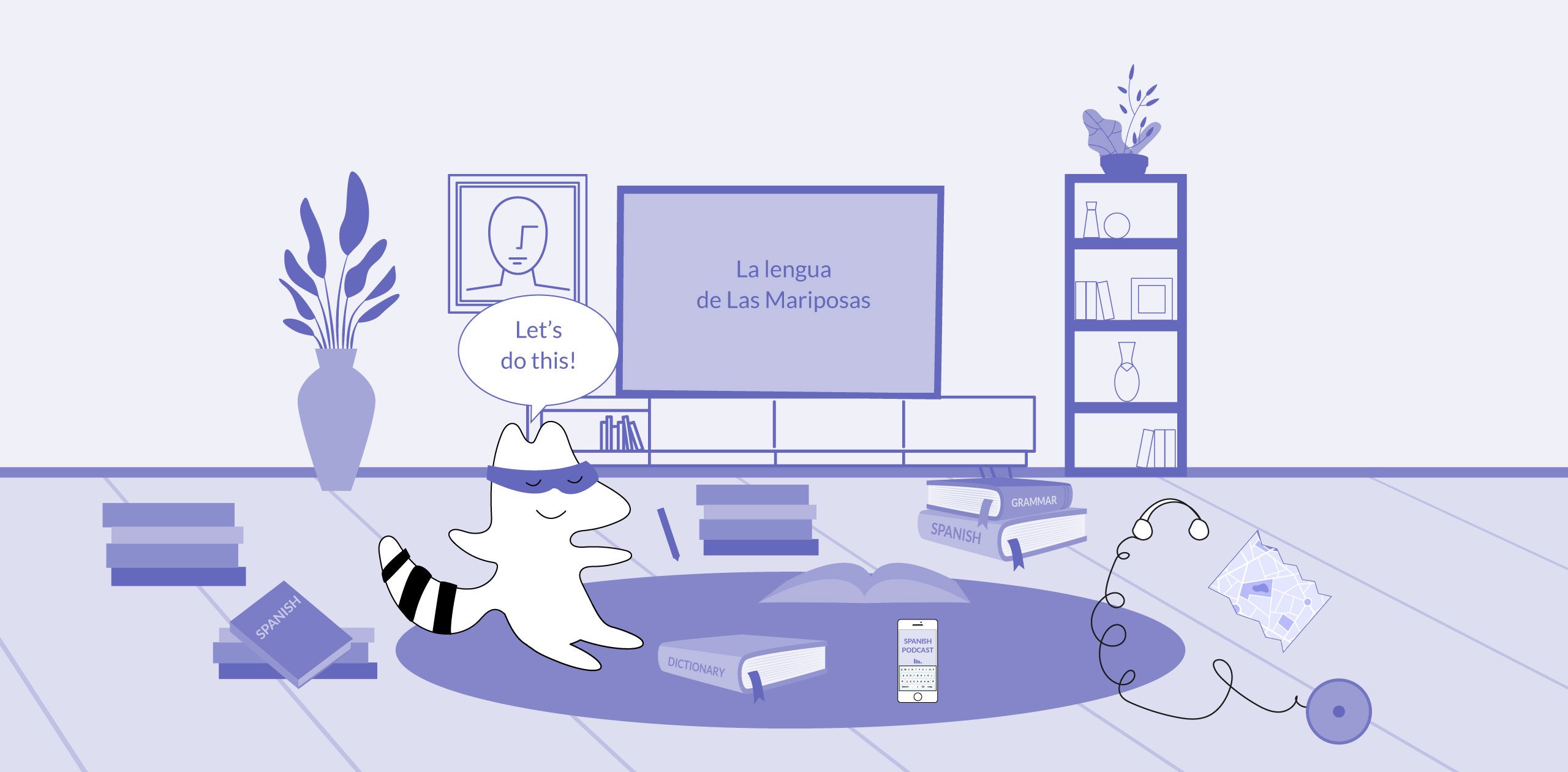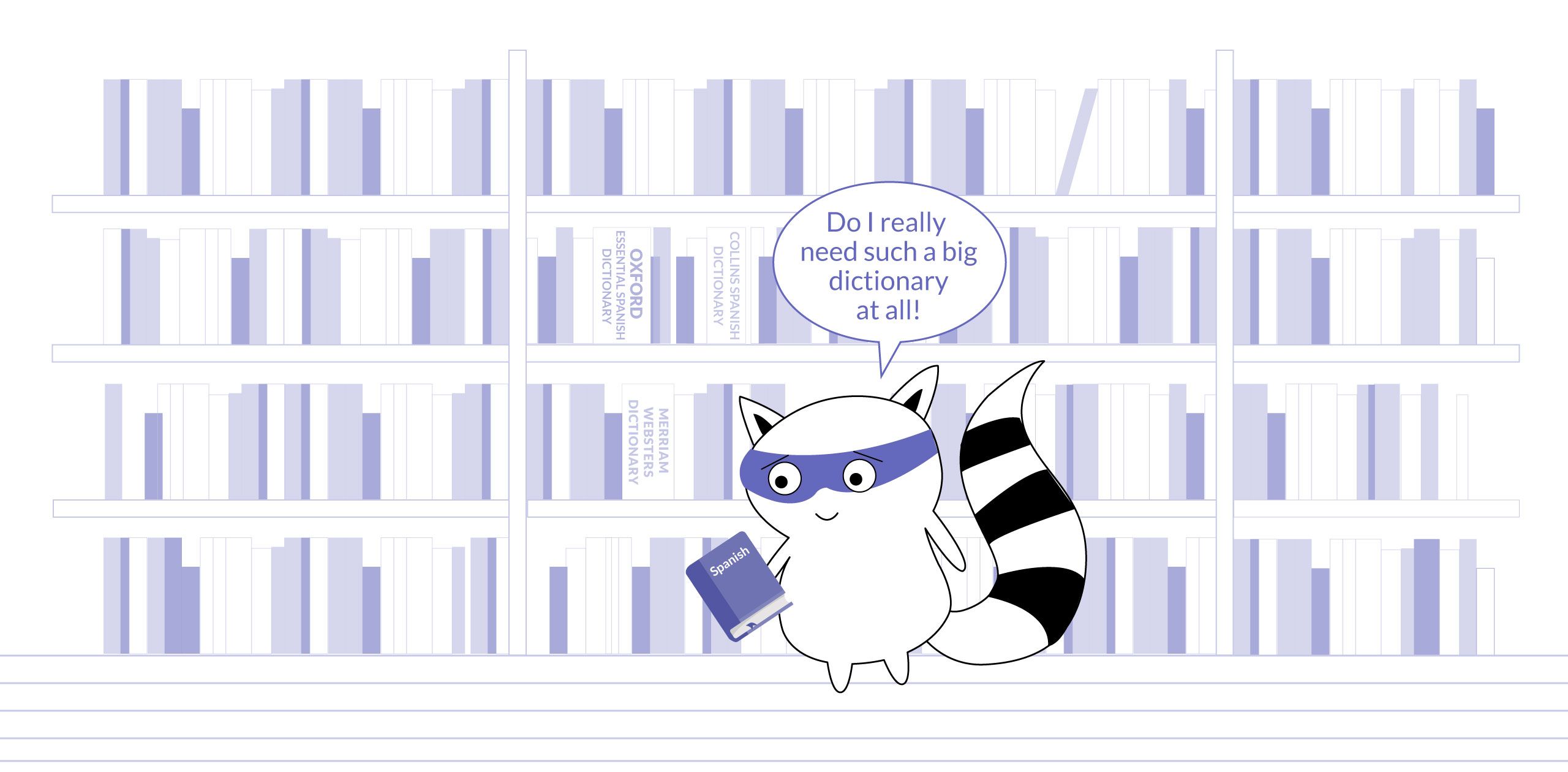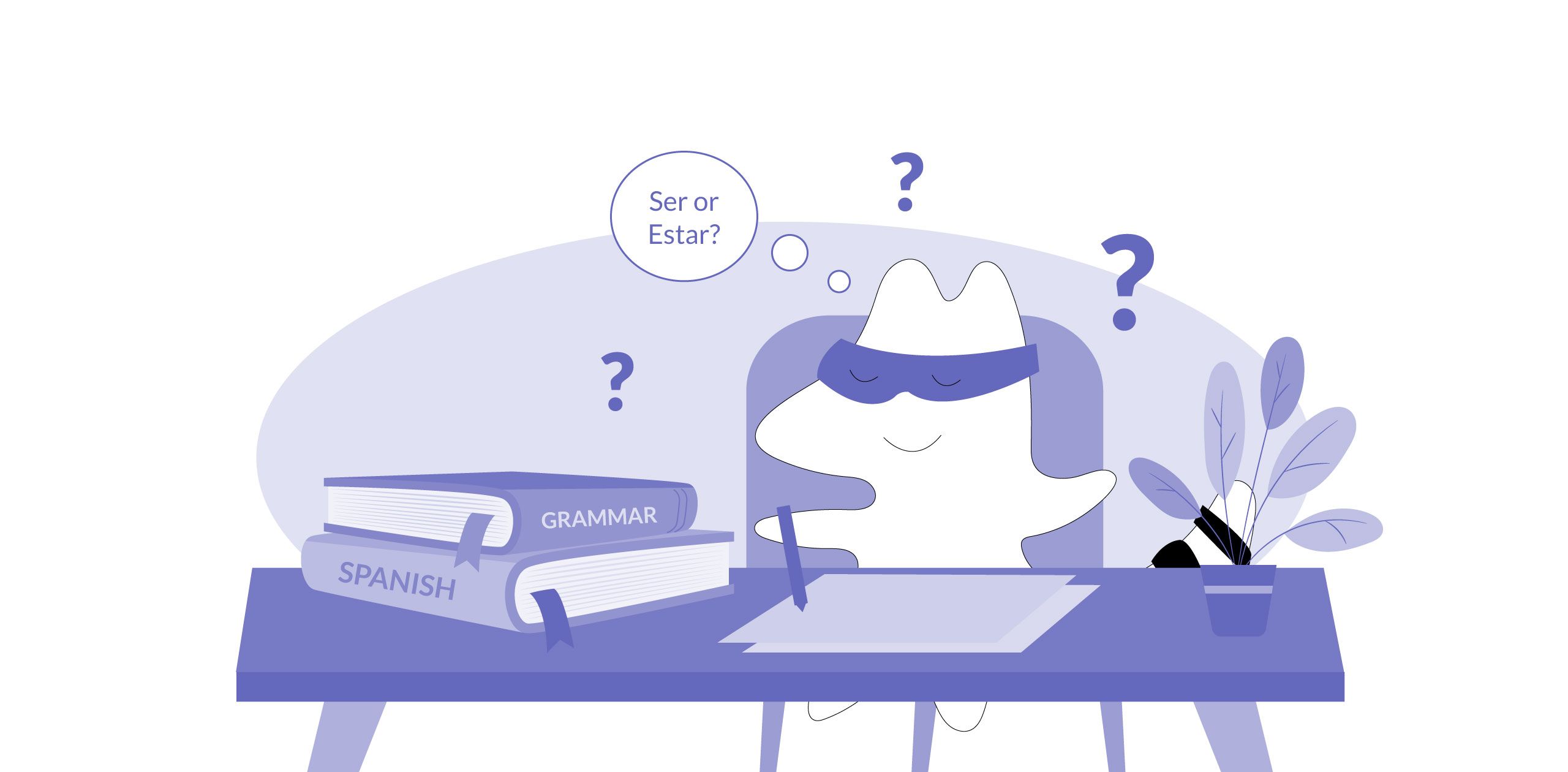
There are two verbs in Spanish grammar that mean "to be." They are ser and estar. Ser is typically used to describe a person's permanent characteristics, while estar describes a person's current state or condition better. Both verbs are conjugated differently, and it is important to use the correct one depending on the context.
But don’t worry about complicated grammar – in this article, we will discuss when to use ser and when to use estar. We will also go over the conjugation of both verbs so that you can start using them correctly in your own Spanish conversations.
Spanish Verb Ser
There are a few Spanish verbs that can be translated as to be in English, and ser is one of the most commonly used ones. Let’s take a closer look at conjugating and using the verb ser in the right contexts:
How to Conjugate the Verb Ser
Ser is an irregular verb, which means it does not follow the typical conjugation pattern regular verbs have – you’ll need to learn its conjugations by heart. Here is how to conjugate ser in the present tense:
| Pronoun | ser | to be |
|---|---|---|
| yo | soy | I am |
| tú | eres | you are (singular) |
| él/ella/usted | es | he/she/it is; you are (formal) |
| nosotros/nosotras | somos | we are |
| vosotros/vosotras | sois | you are (plural) |
| ellos/ellas/ustedes | son | they/you are |
As you can see, there is no real pattern to the conjugation of ser. However, once you also memorize the different forms for the past and progressive tenses, you will be able to use this Spanish verb correctly in any conversation.
When to Use
There are a few simple rules you can follow to ensure that your usage of the verb ser is grammatically correct.
First and foremost, one thing you should remember about this verb is that it is usually used with an adjective when talking about one’s permanent quality – one that’s true and observable all the time. For example, this includes characteristics such as shape, size, height, hair color, material, and nationality.
Native
Translation
Tú eres alta.
You are tall.
Esta es una mesa de madera.
This is a wooden table.
Son muy ricos.
They are very rich.
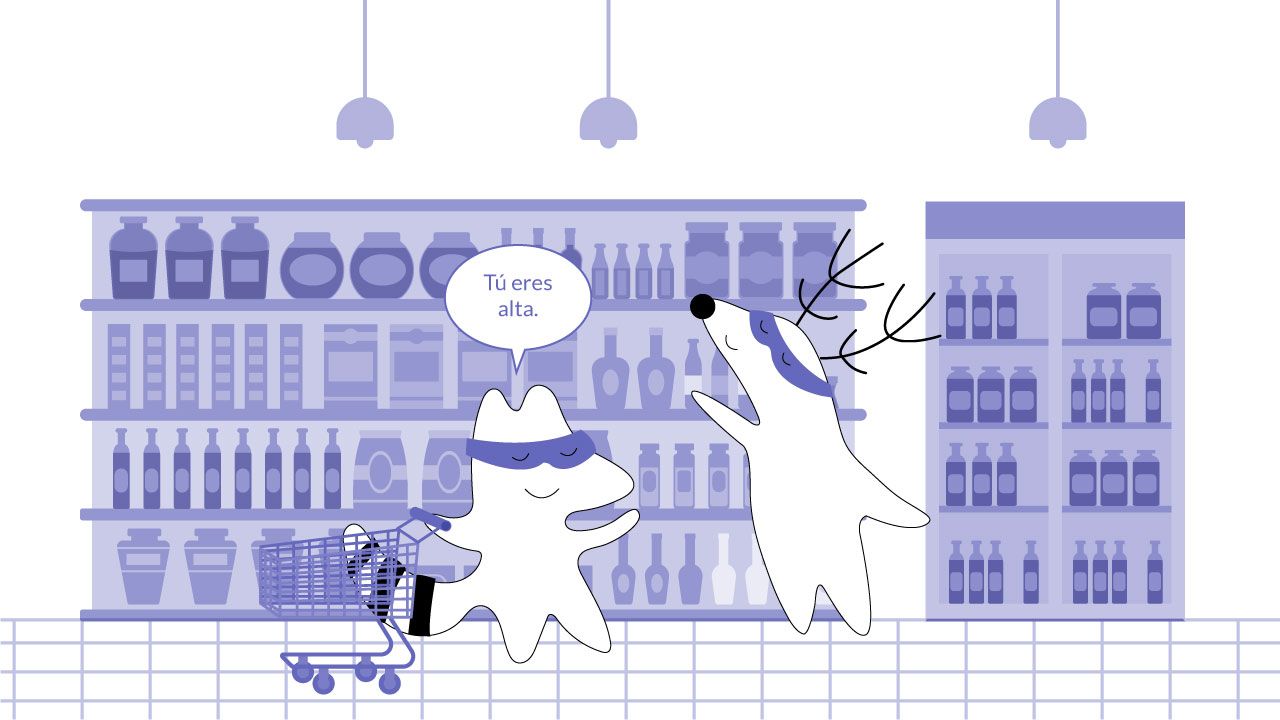
Other uses of the verb ser include:
- identifying someone
Native
Translation
Tú eres mi amigo.
You are my friend.
- indicating possession or belonging
Native
Translation
Este libro es mío.
This is my book.
- saying what time or what the date it is
Native
Translation
Son las 3:00 PM.
It is 3:00 PM.
- describing someone’s origin
Native
Translation
Soy portugués.
I am Portuguese.
- in calculations and prices
Native
Translation
¿Cuánto es? Son cinco euros.
How much is it? It’s five euros.
Spanish Verb Estar
Another verb for to be in Spanish is estar. Both ser and estar are irregular verbs, so you will have to learn their conjugations by heart. However, there is one principal difference between ser and estar – let’s find out what it is.
How to Conjugate the Verb Estar
Just like with ser, there is no real pattern to the conjugation of estar, as it is another irregular verb in Spanish grammar. Here is how to conjugate estar in the present tense:
| Pronoun | estar | to be |
|---|---|---|
| yo | estoy | I am |
| tú | estás | you are (singular) |
| él/ella/usted | está | he/she/it is; you are (formal) |
| nosotros/nosotras | estamos | we are |
| vosotros/vosotras | estáis | you are (plural) |
| ellos/ellas/ustedes | están | they/you are |
With a bit of practice, you will be able to form Spanish phrases and expressions with estar in no time!
When to Use
The verb estar is typically used to describe temporary states in the Spanish language, which is the most significant difference between ser and estar.
Temporary states can include one’s characteristics like:
- physical state
Native
Translation
Estoy muy hambriento.
I am very hungry.
- emotions
Native
Translation
Ella está de buen humor hoy.
She is in a good mood today.
- someone’s health
Native
Translation
¿Cómo estás? Estoy bien.
How are you? I am well.
Other uses of the verb estar include:
- describing location
Native
Translation
La tienda está justo cruzando la esquina.
The store is right across the street.
- talking about weather conditions
Native
Translation
Está soleado.
It’s sunny.
You can also use estar with a past participle used as an adjective to describe the state that something is in. For example:
Native
Translation
Está roto.
It’s broken.
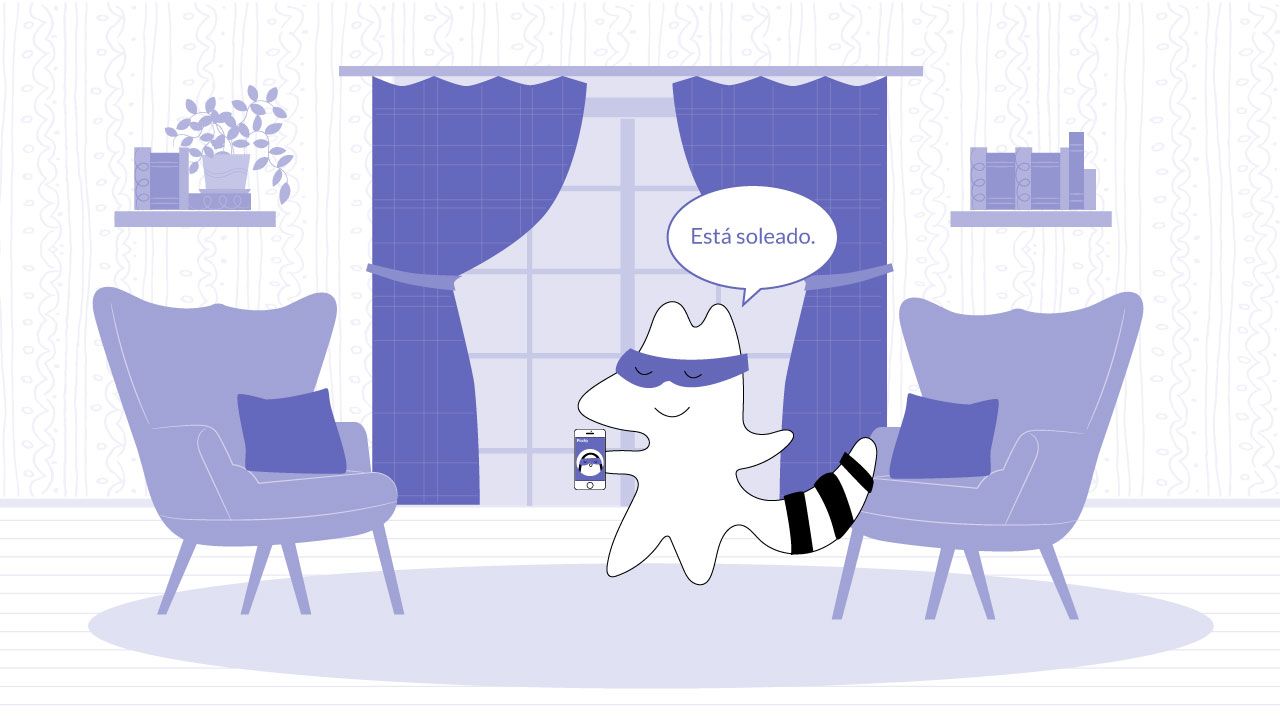
Set Phrases
Both ser and estar can be a part of set phrases or idioms – Spanish phrases whose parts are fixed and, in most cases, left unchanged.
Here are a couple of the most common Spanish set phrases with ser:
Native
Translation
Es igual.
It doesn’t matter.
Es para ti.
It’s for you.
When it comes to the verb estar in Spanish idioms and fixed phrases, you should learn a few expressions:
Native
Translation
estar de pie
to be standing
estar de vacaciones
to be on holiday
estar de viaje
to be on a trip
estar de moda
to be in fashion
estar claro
to be obvious
The Bottom Line

If you are only beginning to learn Spanish, it can be a challenge to process two different verbs translating to the same thing. However, once you get the key difference between these words, it becomes much easier to choose the appropriate one when speaking Spanish.
Just keep in mind that if you are describing something that is permanent, you will need to use ser, and when talking about a temporary state, use estar.
If you want to learn more about other Spanish verbs or expand your vocabulary with new words, download our Langster app, and learn Spanish grammar with stories! Good luck!








